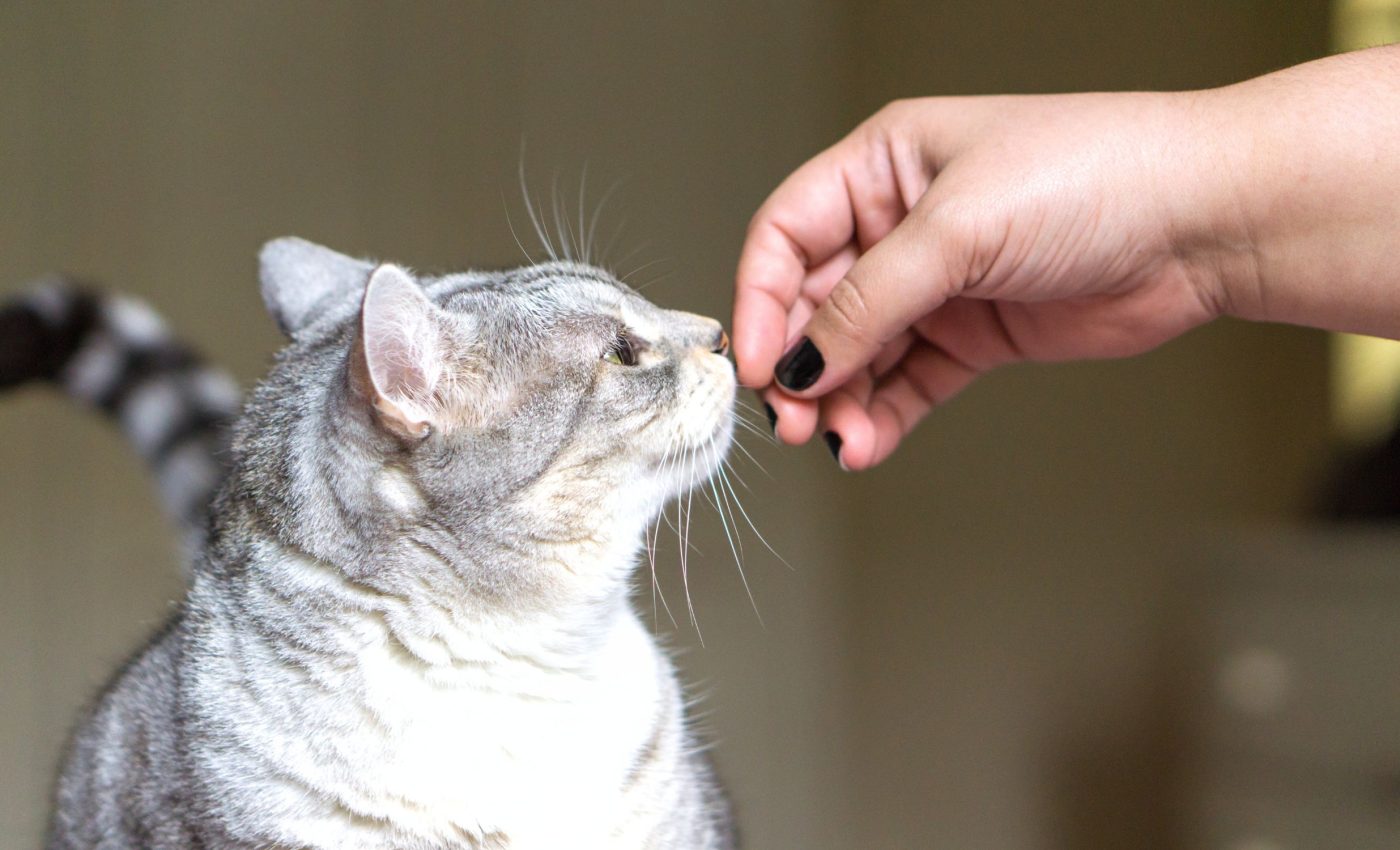
Cats can tell people apart by sniffing them
When your cat sniffs your shirt or rubs its head on your leg, it may be doing more than showing affection. A new study published in PLOS One reveals that cats can distinguish between humans using scent alone.
This discovery comes from researchers at Tokyo University of Agriculture, led by Yutaro Miyairi. Cats have long fascinated scientists and pet owners alike with their independence and selective social behavior. Unlike dogs, whose loyalty is expressed openly, cats often seem mysterious in their affections.
But what if those subtle behaviors hide complex recognition abilities? This study offers a new way to understand how cats perceive us – through their noses.
Cats sniff unfamiliar humans longer
The research team studied 30 domestic cats to explore their reactions to human odors. Each cat was tested with swabs collected from two people – their owner and a stranger of the same sex as the owner.
These swabs came from specific body areas: behind the ears, the armpits, and between the toes. A third tube acted as a control and contained no scent.
All odor samples were freshly collected before the trials and handled with strict cleanliness to avoid contamination. The trials took place in the cats’ homes, and each session was recorded with a GoPro camera for precise behavioral analysis.
The researchers ensured that cats were familiar with their environment to reduce stress during testing.
The cats were presented with all three tubes at once: one containing their owner’s scent, one from a stranger, and a blank. The tubes were attached to an acrylic sheet with equal spacing, ensuring that cats had the same physical access to each.
Cats consistently sniffed the unfamiliar human scent longer (about 4.8 seconds) than their owner’s scent (about 2.4 seconds) or a blank tube (1.9 seconds). This clear preference suggests they can detect and react to novelty using only their noses.
Nostrils show a left-right split
The cats initially sniffed with their right nostril, then gradually switched to the left as they grew familiar with the scent. This change mirrors findings in dogs and horses, who also show such lateralization – favoring one nostril for new scents and the other for familiar ones.
This nostril-switching implies brain involvement. The right nostril links to the right brain hemisphere, often used for processing new or alerting stimuli. Once the scent becomes familiar, the left hemisphere seems to take over, suggesting a routine response kicks in.
Tube placement also affected behavior
Interestingly, nostril use also varied with tube location. Tubes were spaced 3 centimeters apart on an acrylic plate.
Cats used the nostril opposite to the tube’s position. For instance, they used their left nostril for the right-side tube, and vice versa. The likely reason: body alignment. Cats may sniff with one nostril while preparing to rub that side of their face.
The researchers found that cats often rubbed the same side of their face as the nostril they used to sniff. This could suggest an exploratory sequence: sniff, then rub.
Sniffing often leads to face rubbing
Rubbing behavior followed sniffing in many trials. This is common in cats, who rub faces to deposit scent markers. But in this study, cats rubbed more often after sniffing their owner’s scent.
The team observed a strong link between this behavior and emotional closeness scores reported by the owners.
“We suggest that cats use their olfaction for the recognition of humans. Also, we record characteristic rubbing (marking) behavior occurring after sniffing, indicating that sniffing may be an exploratory behavior preceding the rubbing of odor (marking) in cats,” the authors note.
Cat personality shaped sniffing patterns
The study also looked at how cat personality affects behavior. Using the Feline Five scale (neuroticism, extraversion, dominance, impulsiveness, agreeableness), researchers found that male cats with higher neuroticism scores sniffed more repetitively.
Meanwhile, more agreeable males sniffed calmly. Female cats didn’t show a clear pattern. Cats that sniffed the blank tube first had higher neuroticism.
Those that went for the known scent first scored higher in extraversion and agreeableness. This suggests that personality traits might influence scent-driven choices even before sniffing begins.
Though cats responded more to unfamiliar scents, how close they were to their owners didn’t change their sniffing duration.
The emotional bond did influence rubbing behavior but not olfactory exploration. This shows sniffing may be more instinctive, while rubbing could be more social.
Cats use scent to recognize you
This research sheds new light on the private world of cats. We now know that their sense of smell helps them recognize us. They don’t rely only on our voices or faces. Instead, they may build an internal scent map of the humans in their lives.
Cats sniff longer when something smells new. They switch nostrils based on familiarity. They rub their faces to mark people or things. And all of this may connect to their personality – especially in male cats.
Future studies may examine whether cats can identify individuals by smell alone in more complex scenarios. Researchers might use cross-modal testing to find out whether a cat can match a scent with a voice or face.
Until then, the next time your cat sniffs your sock or rubs its head on your knee, remember – that’s not just affection. It might be recognition, memory, and even a scent-based “hello.”
The study is published in the journal PLOS One.
—–
Like what you read? Subscribe to our newsletter for engaging articles, exclusive content, and the latest updates.
Check us out on EarthSnap, a free app brought to you by Eric Ralls and Earth.com.
—–













